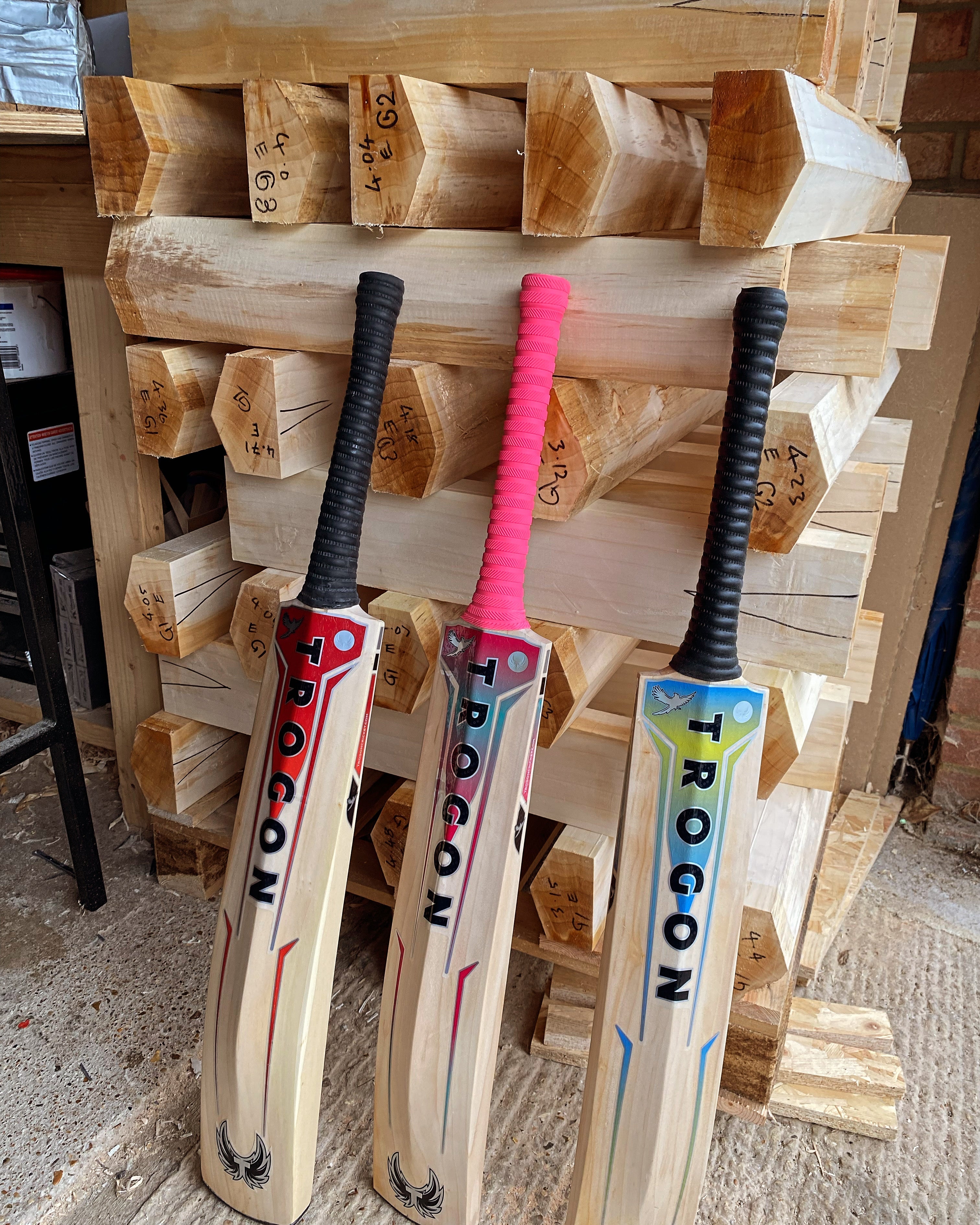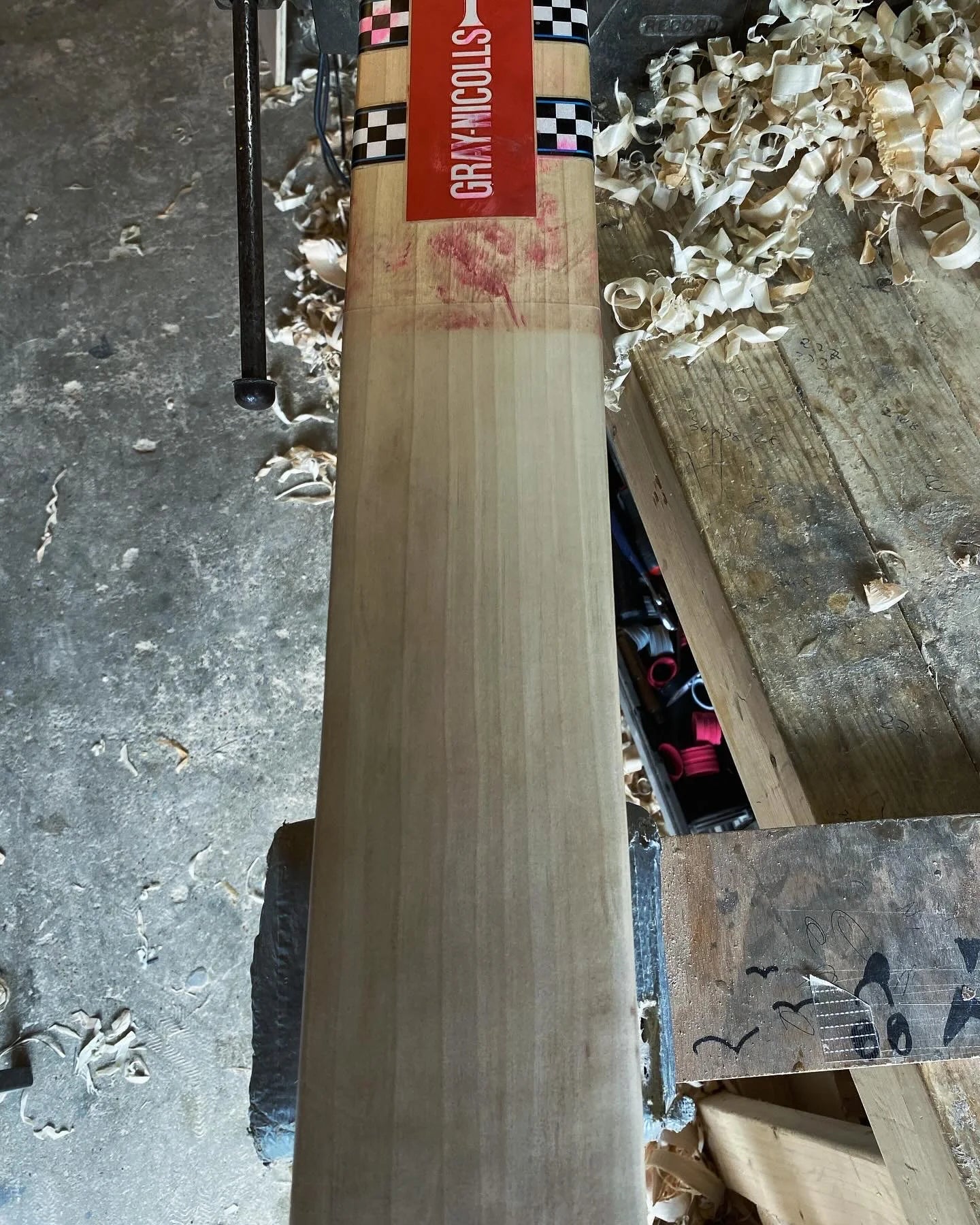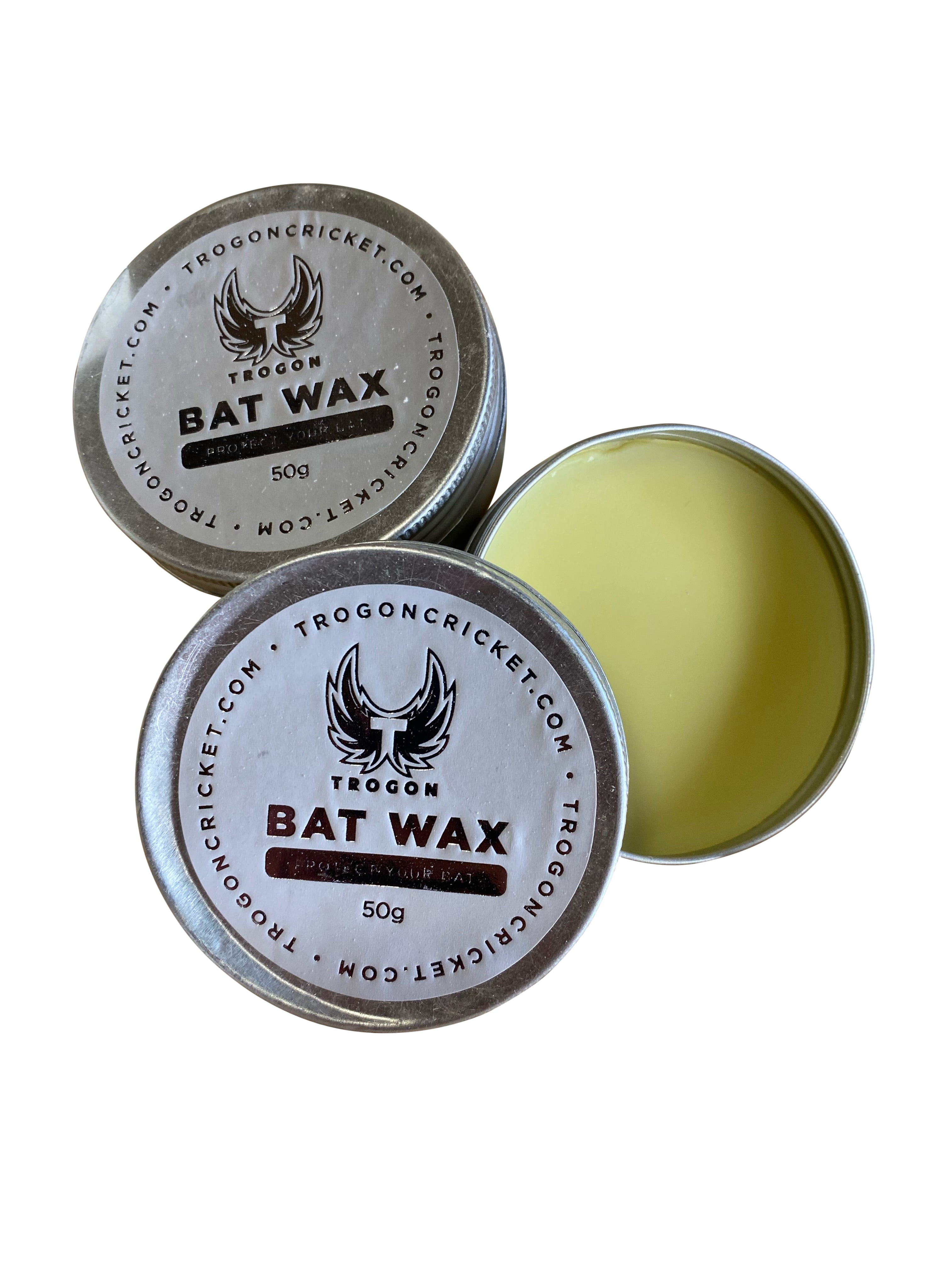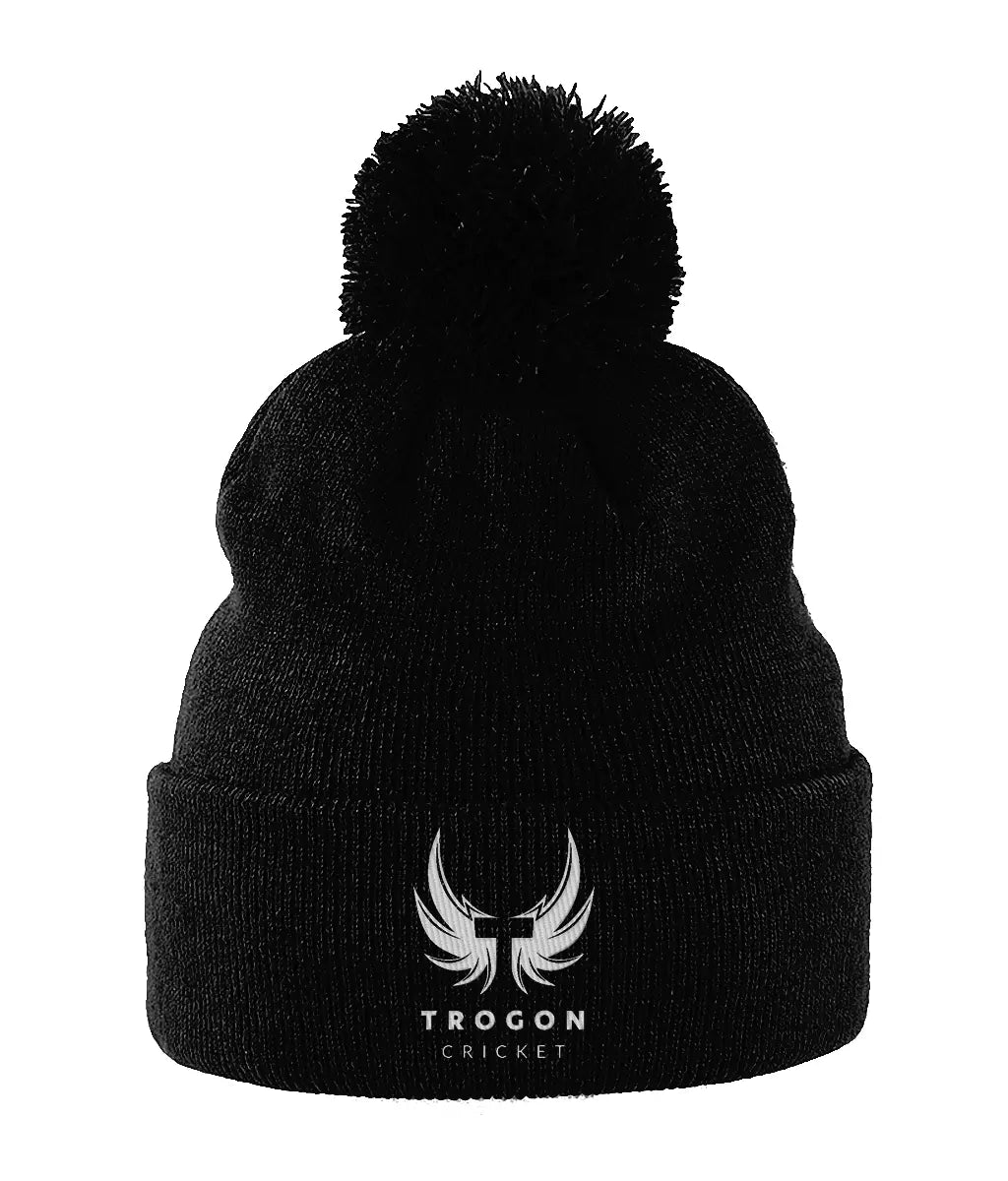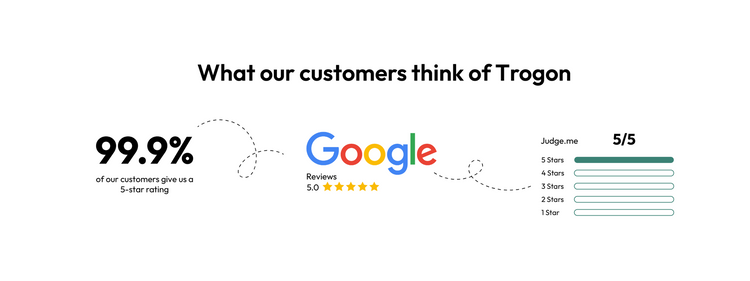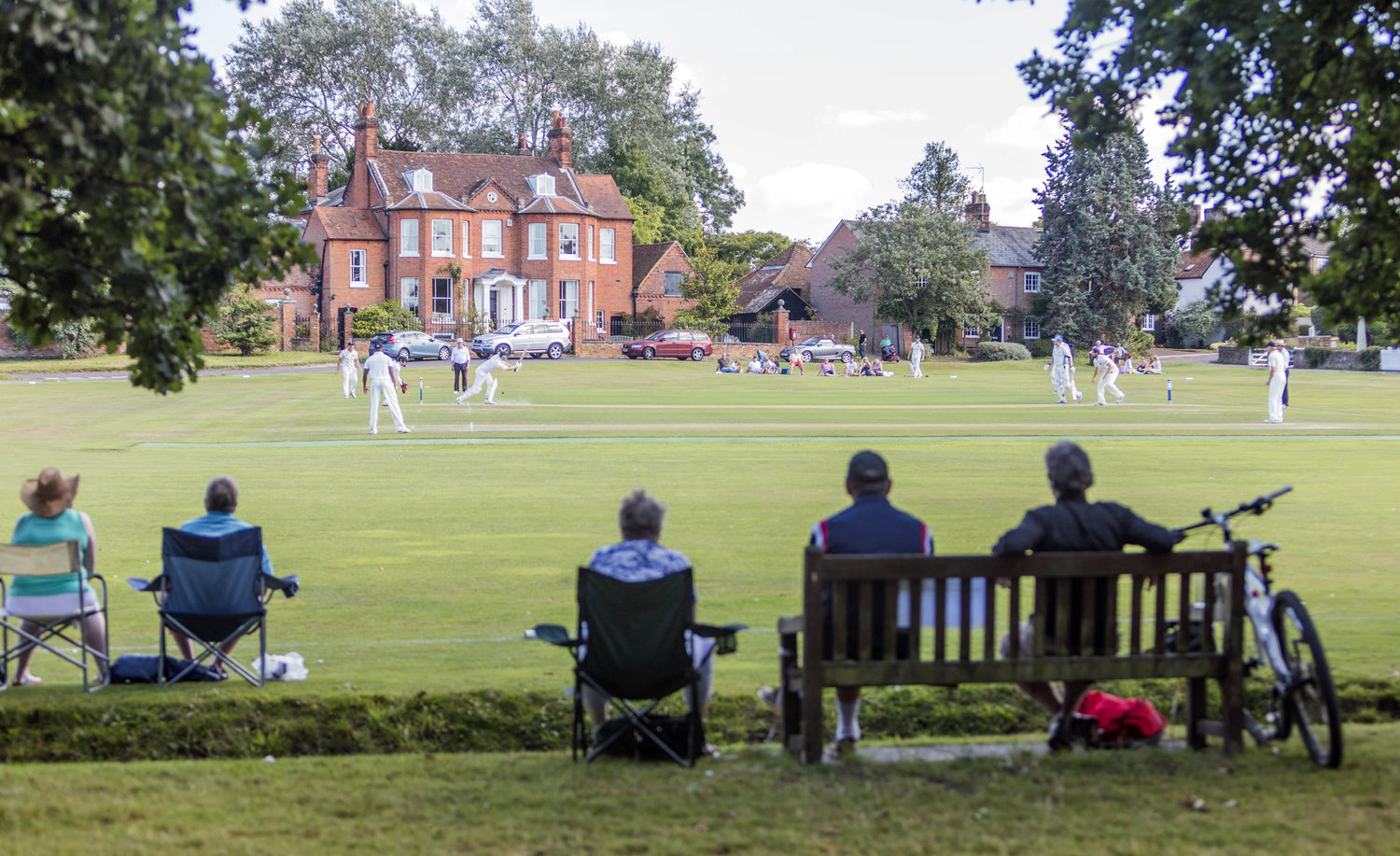Cricket bats are crafted from willow, a natural material, which means they often come with various imperfections. Understanding these imperfections is essential for players when looking to buy a new bat.
In this blog post, we will discuss cricket bat pin knots, cricket bat dead knots, cricket bat false growth, cricket bat specks, and butterfly stains and provide our advantages and disadvantages of each imperfection.
But first, what are cricket bat imperfections?
Cricket bat imperfections, such as pin knots, dead knots, false growth, specks, and butterfly stains, are natural flaws in willow wood that can sometimes affect a bat's look, performance, and durability, but not all the time. These occur due to growth patterns and environmental factors.
Right, let's jump in and get all the nitty-gritty details.
Cricket Bat Pin Knots
Cricket bat pin knots are small, round, and usually dense knots found in the willow. They occur where a branch or twig was once attached to the tree. Pin knots are generally considered minor imperfections and do not significantly affect the performance of the bat.
However, they can slightly disrupt the grain pattern and may impact the aesthetic appeal for some players.
When crafting a cricket bat, manufacturers often try to place pin knots in less critical areas, such as the edges or towards the top of the bat around the splice, to minimize any potential impact on performance.
Advantages:
- Minor aesthetic variation, adding uniqueness to the bat.
- Usually doesn't impact the performance significantly.
Disadvantages:
- Can disrupt the grain pattern, potentially affecting the bat's balance.
- May weaken the bat slightly, depending on their size and location.

Can you see the pin knot on the above image?
Cricket Bat Dead Knots
Cricket bat dead knots are more pronounced than pin knots and result from larger branches that were once part of the willow tree.
These knots are typically darker and more noticeable, and can affect both the look and performance of the bat. Dead knots can create weak spots in the willow, potentially leading to reduced durability.
Manufacturers often avoid using willow with significant dead knots in high-grade bats, but they might appear in lower-grade options.
Careful craftsmanship is required to ensure that these knots do not compromise the bat's structural integrity.
Advantages:
- Add a distinct character to the bat.
- In some cases, can be positioned in less critical areas to minimize impact.
Disadvantages:
- Create weak spots, potentially reducing the bat's durability.
- Can affect the bat’s performance, particularly if located on the face or edges.
- Less aesthetically pleasing for some players.

Can you see the dead knot in the above picture?
Cricket Bat False Growth
Cricket bat false growth refers to areas in the willow where the grain pattern is irregular or distorted. This can happen due to environmental factors, such as unusual weather conditions or damage to the tree.
False growth can affect the bat's performance, as it may lead to inconsistent bounce and response when striking the ball.
Bats with false growth are generally less preferred, but skilled bat makers can work around these imperfections to produce a reliable bat.
Advantages:
- Provides a unique appearance to the willow.
- Can be a testament to the natural growth of the wood.
Disadvantages:
- Leads to inconsistent bounce and response.
- May affect the overall balance and feel of the bat.
- Can be less durable compared to regular grain patterns.
Cricket Bat Specks
Cricket bat specks are small, dark spots found in the willow. They are caused by fungal activity in the wood and are generally considered a cosmetic issue.
Specks do not usually affect the performance of the bat but can impact its visual appeal. In high-grade bats, manufacturers strive to minimize the presence of specks, but they might be more common in lower-grade options.
Specks are a natural characteristic of willow and do not indicate a defect in the bat's quality.
Advantages:
- Purely cosmetic, often not affecting performance.
- Adds a distinctive look to the bat.
Disadvantages:
- Some players may find them unappealing.
- Can be perceived as a flaw in the wood, affecting resale value.

Can you see the specks in the above picture?
Butterfly Stains
Butterfly stains are unique, wing-shaped markings that appear on the face of the cricket bat. These stains result from the reaction of the wood to fungal activity, causing a distinctive pattern.
Contrary to some beliefs, butterfly stains can actually indicate a stronger and more resilient willow. Bats with butterfly stains often provide excellent shock absorption and durability.
While not everyone appreciates the aesthetic of these stains, they do not detract from the bat's performance.
Advantages:
- Often indicate a stronger and more resilient willow.
- Provide excellent shock absorption and durability.
- Unique aesthetic appeal for some players.
Disadvantages:
- Not universally appreciated in terms of appearance.
- Might be misconstrued as a sign of weakness or damage.
- Can affect the resale value due to specific aesthetic preferences.

The above image shows a lovely butterfly bat that came through the workshop for a toe reshape.
Conclusion
Understanding these imperfections in cricket bat willow is crucial for players and manufacturers alike. While some imperfections are purely cosmetic, others can affect the bat's performance and durability.
At Trogon Cricket, we specialize in hand-making cricket bats tailored to suit all shapes, sizes, and weights, with full customization to meet the batter's personal requirements. We offer a vast selection of Grade 1, Grade 2, and Grade 3 clefts of English willow, allowing for customization at various price points to meet all budget requirements.
Buying With Confidence from Trogon
If you've reached this point, I sincerely thank you for reading it all through. Your interest and support mean the world to me, and it's greatly appreciated.
Whether you're here to learn more about our cricket bats or other products or just out of curiosity, your engagement makes a real difference. Thank you for being part of our Trogon journey.

Trogon Product Guarantee
6-month guarantee on all cricket bats. That means if you purchase a bat through us and it breaks, as long as it has been knocked in properly, we will replace it like for like. This is our commitment to you on top of your statutory protections when buying products online.
Click on the below links and see our beautiful handmade adult and junior cricket bats.








